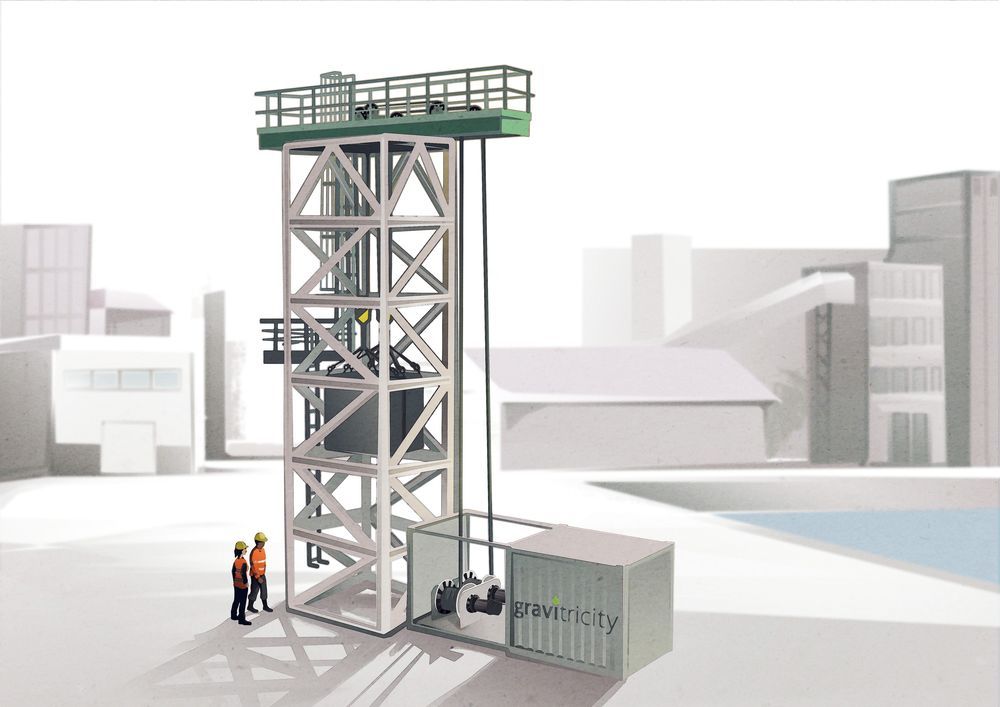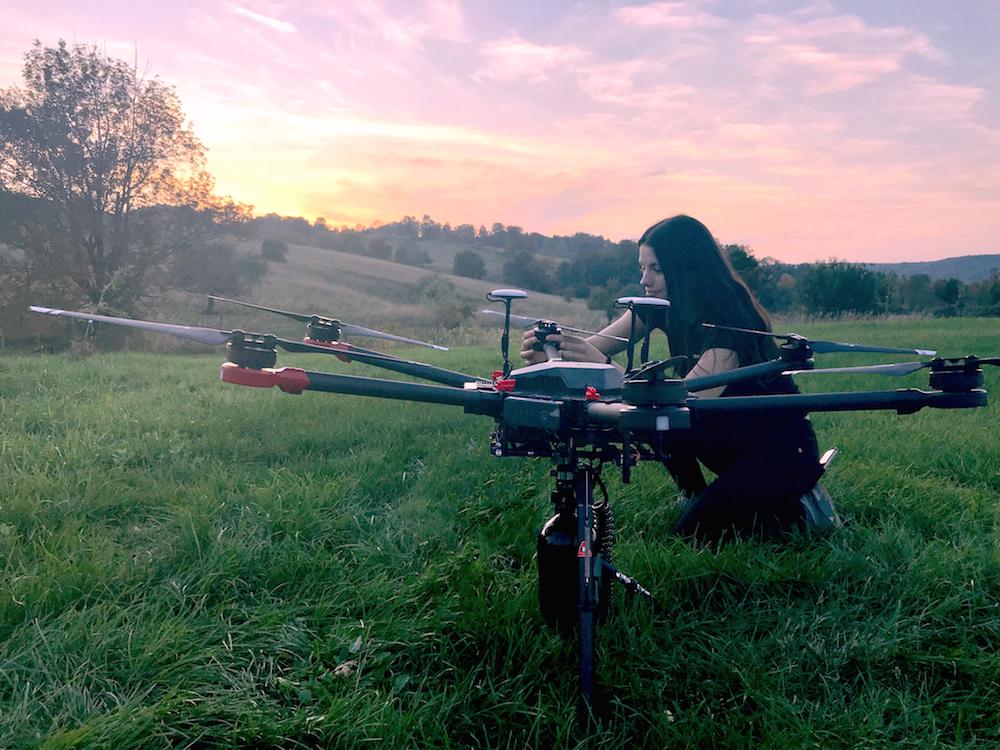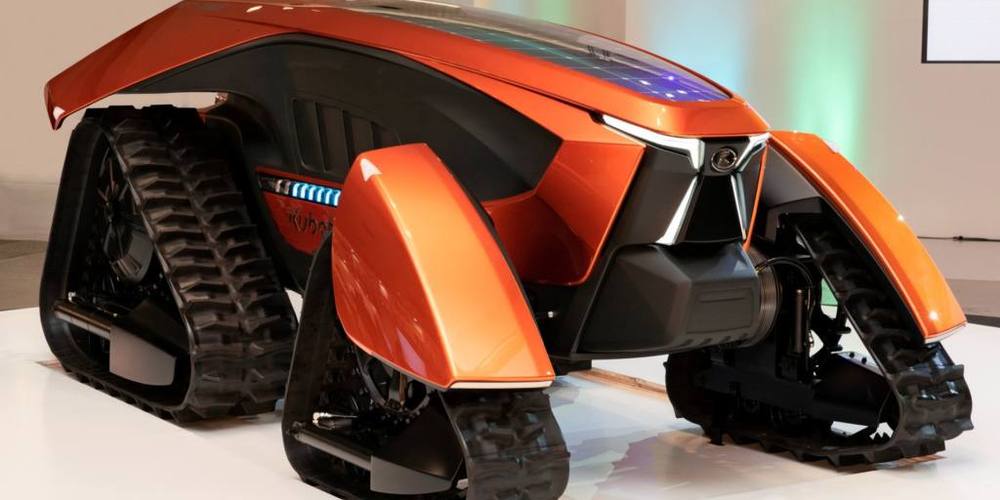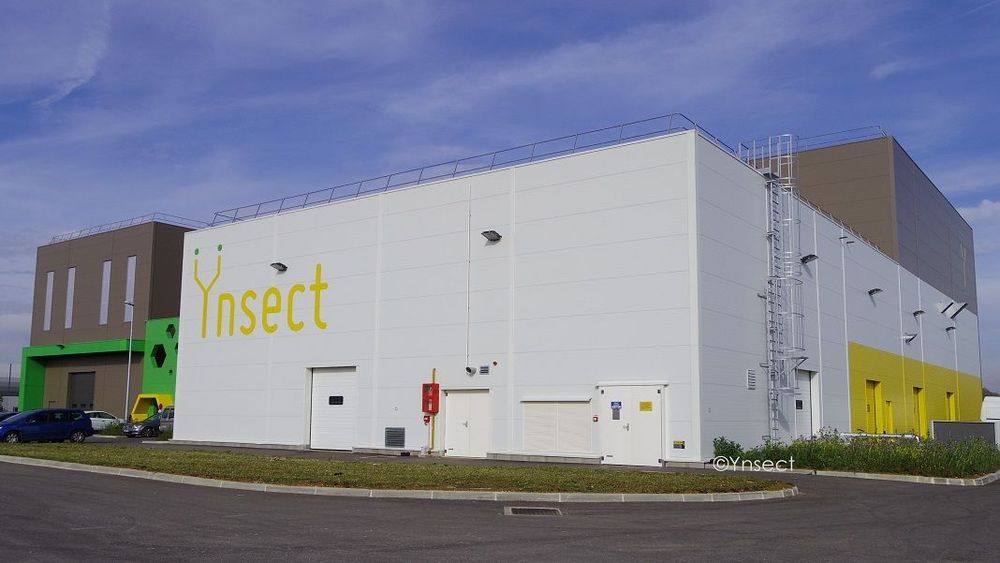Tesla’s Battery Day was not just full of surprises. When you read between the slides, Tesla made a lot of product announcements, many of which are still awaiting their discovery. The one this article is about is Tesla’s new battery pack.
What most people didn’t realize is that Tesla is abandoning its famous battery skateboard design. For those who didn’t know, until now, Tesla’s vehicles were composed of the body and a flat battery “skateboard” on the bottom that, as Tesla would say, are married together in the factory. We even witnessed the ceremony in person. Originally, the skateboard design was developed because it provided a low center of gravity and strong safety benefits, as well as the ability to quickly swap battery packs instead of just Supercharging if Tesla went down that road.







